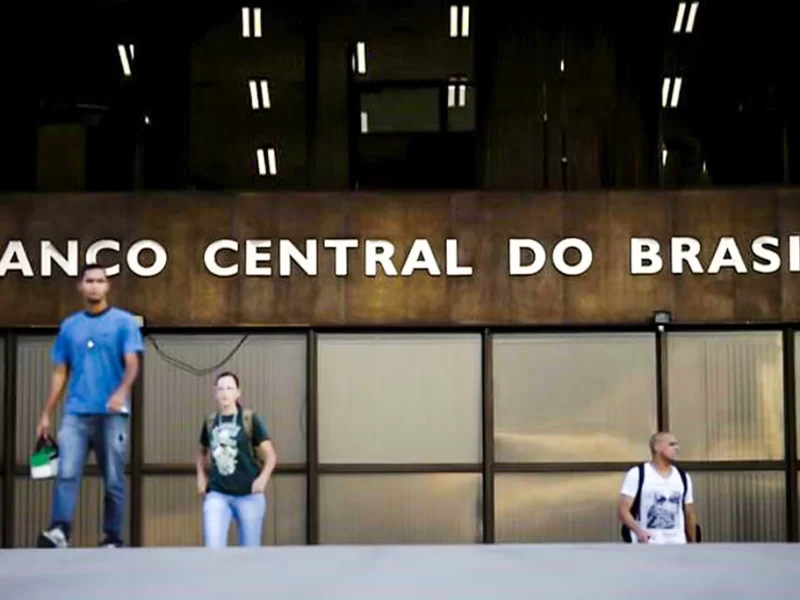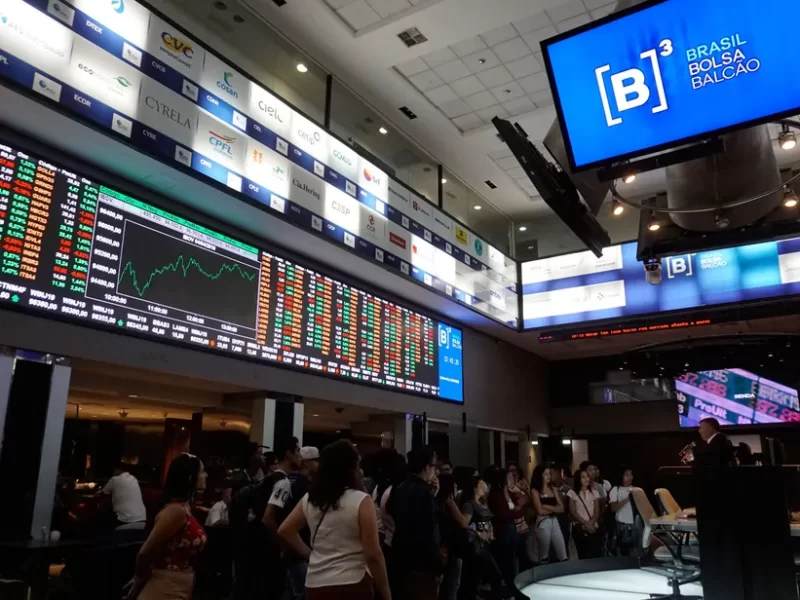The Bank of Mexico (Banxico) is taking important steps to manage the country’s economic landscape by lowering the base interest rate.
The move comes as inflation shows signs of easing, and it’s important for anyone interested in Mexico’s financial health to understand what that means.
Recently, Banxico cut its base interest rate by 25 basis points to 10.25%. This decision was unanimous in the five-member board and reflects a strategic response to current inflation trends.
Victoria Rodríguez, the governor of Banxico, stated that continued improvements in inflation allow for further reductions in the reference rate. She emphasized that future meetings will focus on inflation assessment and making informed decisions.
In October, core inflation – excluding food and energy – fell to 3.80% from 3.91% in September. However, the headline inflation rate rose slightly to 4.76%.


Banxico has set an inflation target of 3%, with a margin of one percentage point allowed. This context is crucial because it shows that while some prices are stabilizing, others are still rising, creating a mixed economic picture.
Mexico’s Economic Strategy
Rodríguez hinted at the possibility of more significant rate cuts if inflation continues to fall. This year alone, Banxico has implemented four cuts, each of 25 basis points.
These cuts could affect borrowing costs for both consumers and businesses. However, not everything is smooth sailing. The Mexican peso has weakened significantly over the past six months.
This decline is due to investor concerns stemming from political changes and uncertainties related to US-Mexico trade relations following the election of Donald Trump.
Rodríguez noted that despite these challenges, market conditions have remained relatively stable since the election. However, Banxico is ready to step in if necessary.
Adding another layer to this economic narrative is the latest budget proposal from Mexico’s Ministry of Finance for 2025.
The government aims to reduce the budget deficit to 3.9% of GDP through increased economic growth and spending cuts in various sectors.
That budget is under scrutiny as it seeks to address a projected deficit of 5.9% this year—the highest since the 1980s. Rodríguez noted that financial markets reacted positively to the budget announcement, indicating a sense of stability going forward.



